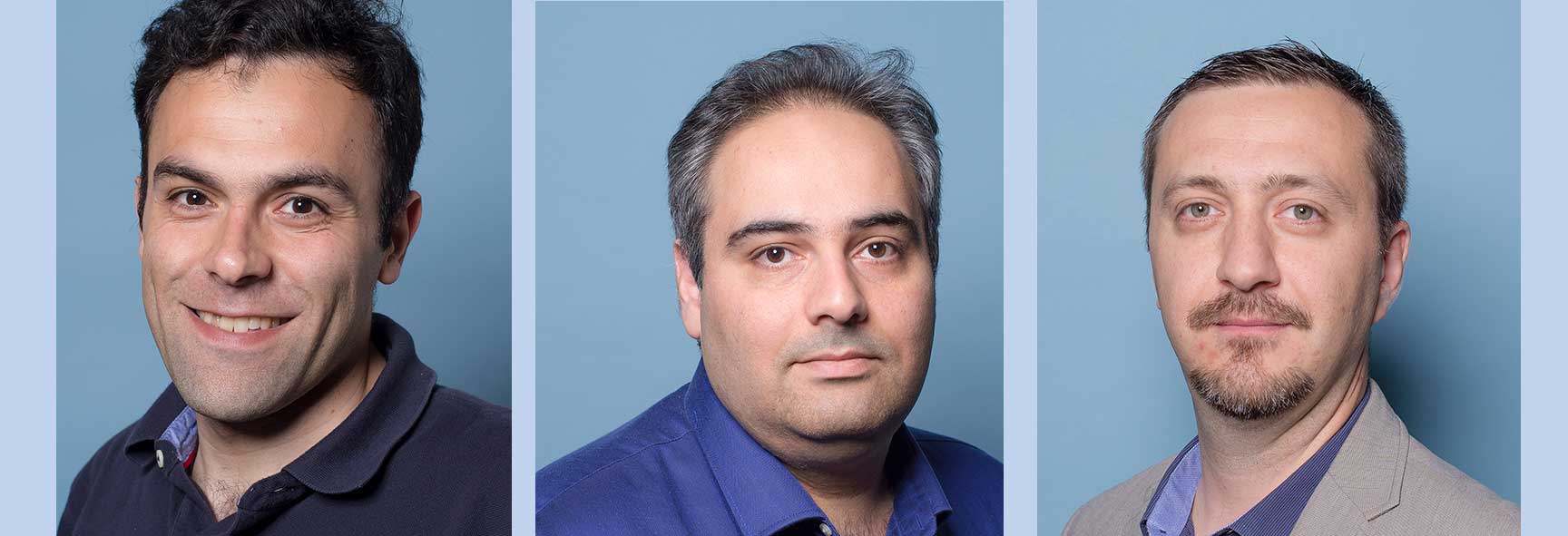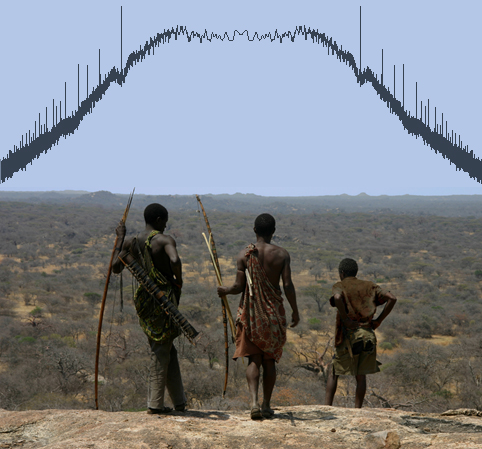Agenda
Microelectronics Tenure Track Review Colloquium
- Wednesday, 20 September 2017
- 15:00-17:30
- EWI: Snijderszaal

On September 20, The next Tenure Track Review Colloquium will take place.
Two assistant professors from the ElCA group and one from the MS3 group will present their research. The colloquium starts at 15.00 hrs and will be followed by a drink.
Faruk Uysal (15.00 - 15.30)
Distributed Radar Networks: Automotive Radar and more
The number of automotive radar is rapidly increasing due to the growing demand of the remote sensing for autonomous driving. With the increase of active transmitters, spectrum management and coexistence started to become a concern for some radar systems. In this talk, the challenges in automotive radar will be discussed. The applications of waveform agility will be reviewed to bring multi-functionality (such as simultaneous ranging and communication) to not only the automotive radar but also the large scale radar systems. Finally, we will discuss the future research for distributed radar networks to address the needs in Safety and Security.
Masoud Babaie (15.30 - 16.00)
An adventure for All Seasons: Hunting Spurious tones
Frequency synthesizers are one of the main building blocks of any wireless transceiver. Different analog and digital-intensive architectures have been proposed to efficiently generate LO signals for frequency up/down-conversion. However, all structures suffer from reference/fractional spurious tones in their output spectrum due to the phase detector's nonlinearity and the oscillator's sensitivity to the environmental disturbance. In this presentation, we introduce two different techniques to improve the spurious emission of frequency synthesizers. In the first part, we propose a method to significantly reduces the supply sensitivity of RF oscillators. The second part of this talk investigates the roots of spurious tones in an injection-locked PLL and offer some remedies.
Morteza Alavi (16.00 - 16.30)
Direct Digital Radio
With the proliferation of wireless technology and ever-growing demand
to get access to a super-fast Internet connection, there is
a need to revitalize radio systems aimed for supporting the next
generations of the wireless mobile network. These advanced mobile
communication systems facilitate seamless online streaming of
cloud big data along with 4k Ultra-HD TV programs through mobile
gadgets such as smartphones, tablets and augmented reality (AR)
devices.
Moreover, to benefit from the advanced CMOS technology and swiftly
migrate to the lower process nodes, the transceiver architecture is
reinvented towards direct-digital transceiver.
In such communication system, the digital-intensive transmitter (TX) is one of the fundamental building blocks that translates highspeed
digital baseband signals into a radio frequency (RF) analog counterpart. This short presentation will briefly describe strengths,
feasibilities, and challenges that exist in the direct-digital TX. To address their major issues, recently advanced techniques that have been
verified by the ELCA group will concisely be discussed.
